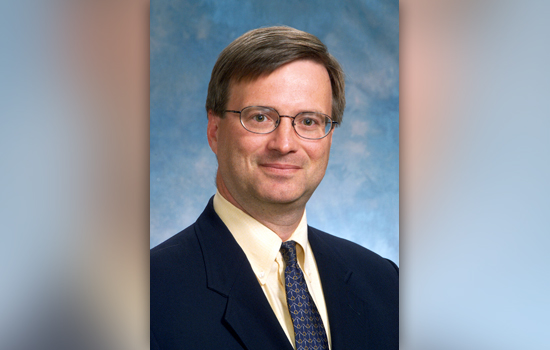Former Kodak exec to lead NYSP2I
Industry leader Charles Ruffing to serve as head of statewide effort to make N.Y. more sustainable
Charles Ruffing
Charles J. Ruffing, a recognized environmental leader and former vice president of Health, Safety, Environment and Sustainability at Eastman Kodak Co., has been named the new director of the New York State Pollution Prevention Institute (NYSP2I).
At Kodak, Ruffing was responsible for coordinating sustainability initiatives across the company’s multinational locations, including environmental compliance support to operations and products worldwide. He was responsible for effectively creating pollution prevention strategies related to business conditions while guiding significant reductions in safety incidents, greenhouse gas emissions and energy use at the company’s largest manufacturing sites.
Since its inception in 2008, NYSP2I—which is sponsored by the New York State Department of Environmental Conservation (DEC) and is a partnership between the Golisano Institute for Sustainability (GIS) at Rochester Institute of Technology along with three universities across New York—has served as a state and national source for new technologies in pollution prevention and sustainable design.
“I am deeply honored to become part of the NYSP2I team that has demonstrated the successful implementation of pollution prevention strategies across all corners of the state,” said Ruffing, who begins his new role on Jan. 25. “I look forward to helping this organization continue to seize the opportunity to help businesses become more sustainable while improving productivity and reducing environmental impact.”
Nabil Nasr, associate provost and director of GIS, said Ruffing’s proven business leadership in health safety and sustainability over nearly a quarter century will be invaluable in his new role.
“The significant experience and industry perspective that Charles Ruffing brings to the Pollution Prevention Institute in terms of production processes that improve environmental quality and economic competitiveness will be extremely beneficial to NYSP2I and our clients,” Nasr said. “We’re confident that through his direction we will continue to create an environment in which new processes and technologies can easily be transferred to industry—helping to both reduce pollution and enhance efficiency and productivity.”
As director, Ruffing will lead NYSP2I under the sponsorship of the state DEC together with RIT and its partner universities: Rensselaer Polytechnic Institute, the State University of New York at Buffalo and Clarkson University. NYSP2I, which is headquartered at RIT, also works with the state’s 10 Regional Technology Development Centers to help disseminate data and strategy.
Following an extensive peer review process, New York state announced RIT as the site for NYSP2I in 2008, recognizing its collaborative efforts with a host of organizations statewide and its long heritage and experience in pollution prevention research and technology transfer.
State DEC Acting Commissioner Basil Seggos said NYSP2I—under Ruffing’s leadership—is uniquely positioned to provide the necessary assistance to companies looking to reduce their environmental footprint.
“Charles Ruffing brings a wealth of leadership experience to the New York State Pollution Prevention Institute and I congratulate him on his appointment,” Seggos said. “I look forward to working with him, Rochester Institute of Technology and NYSP2I to continue to drive innovation and foster real-world solutions in reducing pollution.”
About the New York State Pollution Prevention Institute
Sponsored by the New York State Department of Environmental Conservation, the New York State Pollution Prevention Institute is led by the Golisano Institute for Sustainability at Rochester Institute of Technology, and is a partnership between RIT, Rensselaer Polytechnic Institute, the State University of New York at Buffalo and Clarkson University. NYSP2I’s statewide reach is supported by partnerships with the state’s 10 Regional Technology Development Centers.
NYSP2I’s goal is to make the state more sustainable for workers, the public, the environment and the economy through pollution prevention. Pollution prevention is reducing or eliminating waste at the source by modifying production processes, promoting the use of non-toxic or less-toxic substances, implementing conservation techniques and reusing materials rather than putting them into the waste stream.










